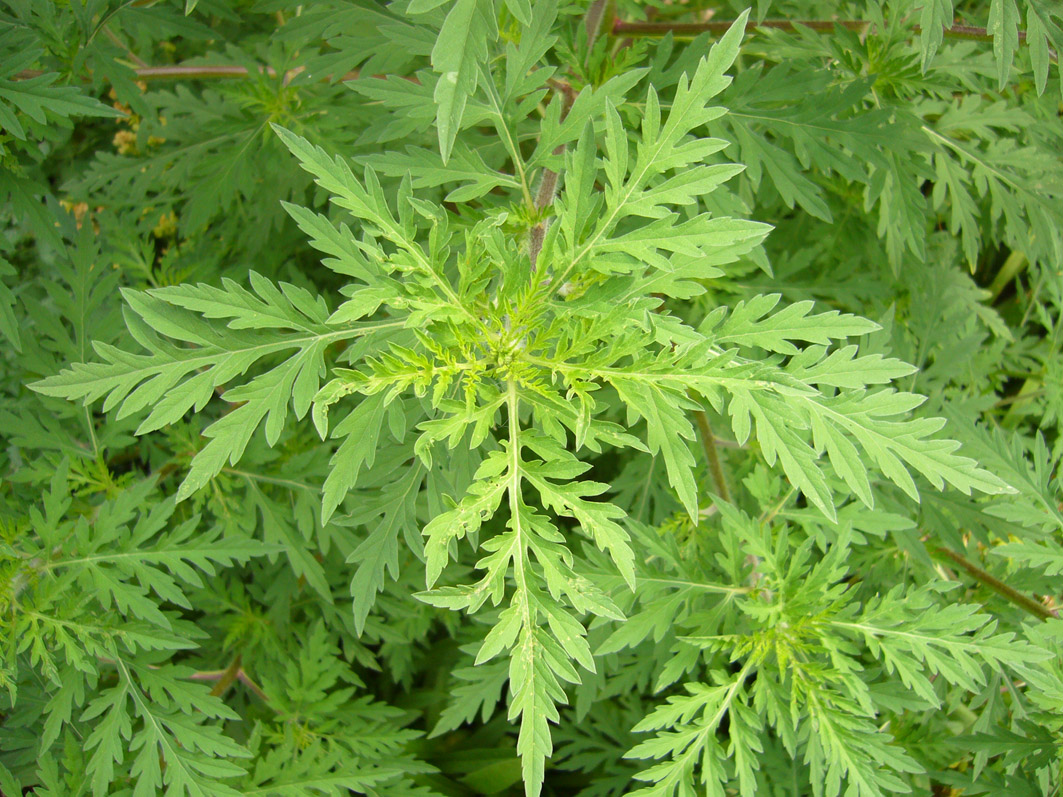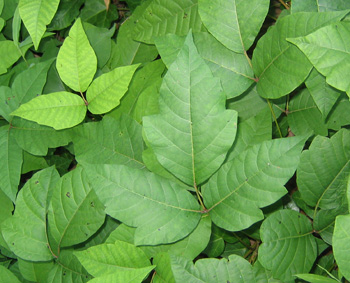AlertsTo keep you informed of important messages from the city! |
2024-04-15
April 15, 2024 - 6 pm - LIFT of the boil-water advisory issued on April 10 for civic numbers 762 to 786 (even) and 767 to 789 (odd) de Salaberry BoulevardApril 15, 2024 - 6 pm - LIFT of the boil-water advisory issued on April 10 for civic numbers 762 to 786 (even) and 767 to 789 (odd) de Salaberry Boulevard More details...
|
|
2024-04-11
Preventative boil-water advisory - Lancelot StreetApril 12 - A preventative boil-water advisory is currently in effect for all the civic addresses on Lancelot Street.
|
|
|
2024-04-15
April 15, 2024, 6 pm - LIFT of the boil-water advisory issued on April 11 for the sector comprised of Delmonte, Morley-Hill and Viney Streets, including civic number 17212 chemin Sainte-MarieApril 15, 2024, 6 pm - LIFT of the boil-water advisory issued on April 11 for the sector comprised of Delmonte, Morley-Hill and Viney Streets, including civic number 17212 chemin Sainte-Marie More details...
|

 Preventative boil-water advisory currently in effect for the following addresses:
Preventative boil-water advisory currently in effect for the following addresses:

